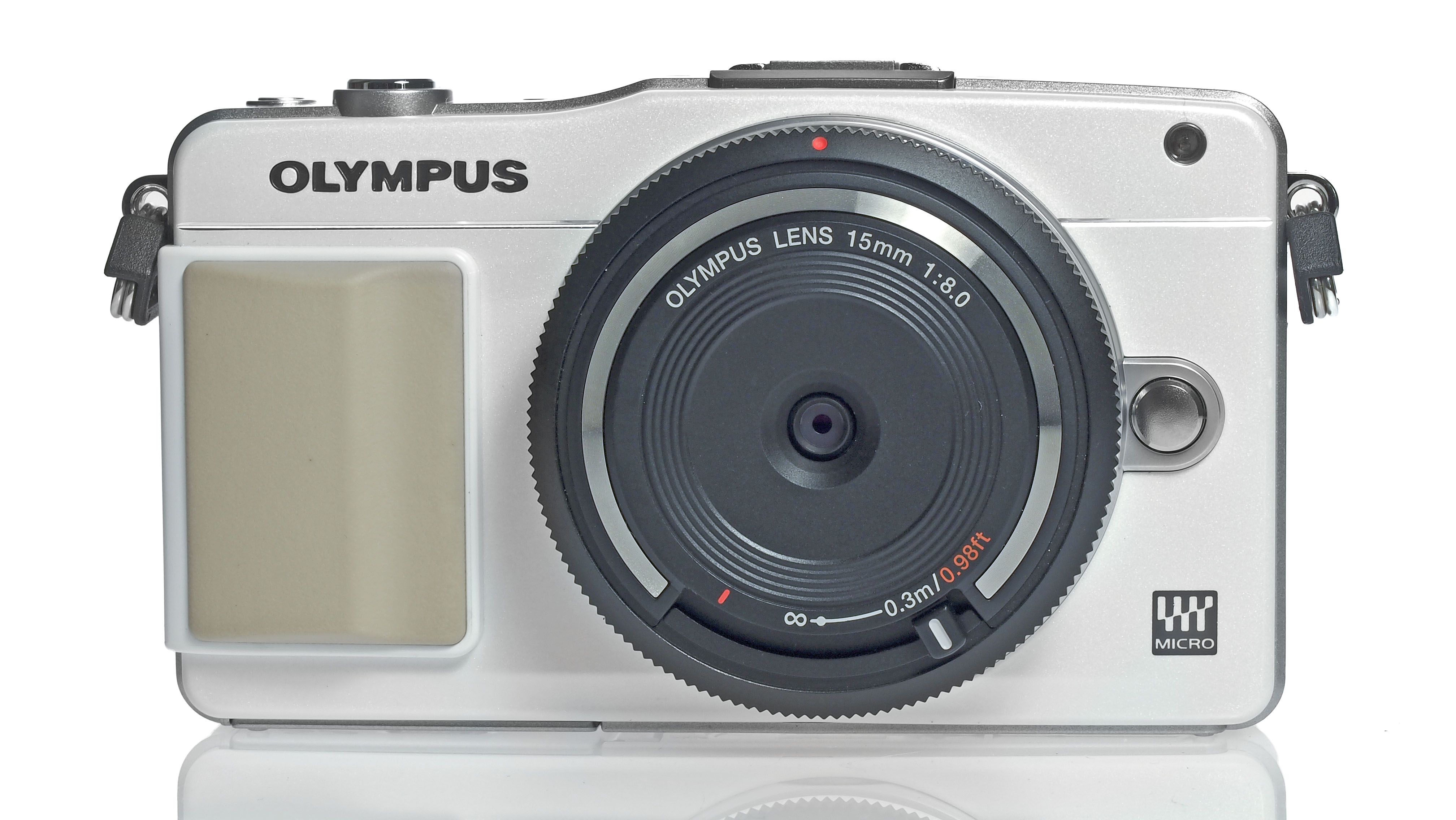Why you can trust TechRadar
The PEN Mini is the smallest camera in the range, and it does this by not having too many dials and buttons for direct access to key settings. It's not really aimed at advanced photographers, who might find it a little frustrating to use, especially when compared with those higher up in the range.
As there's no mode dial, to navigate through the various modes the cameras offers, this is done via the screen after a press of the Menu button. Here you can choose between fully automatic, semi-automatic and fully manual modes, along with art and scene modes.
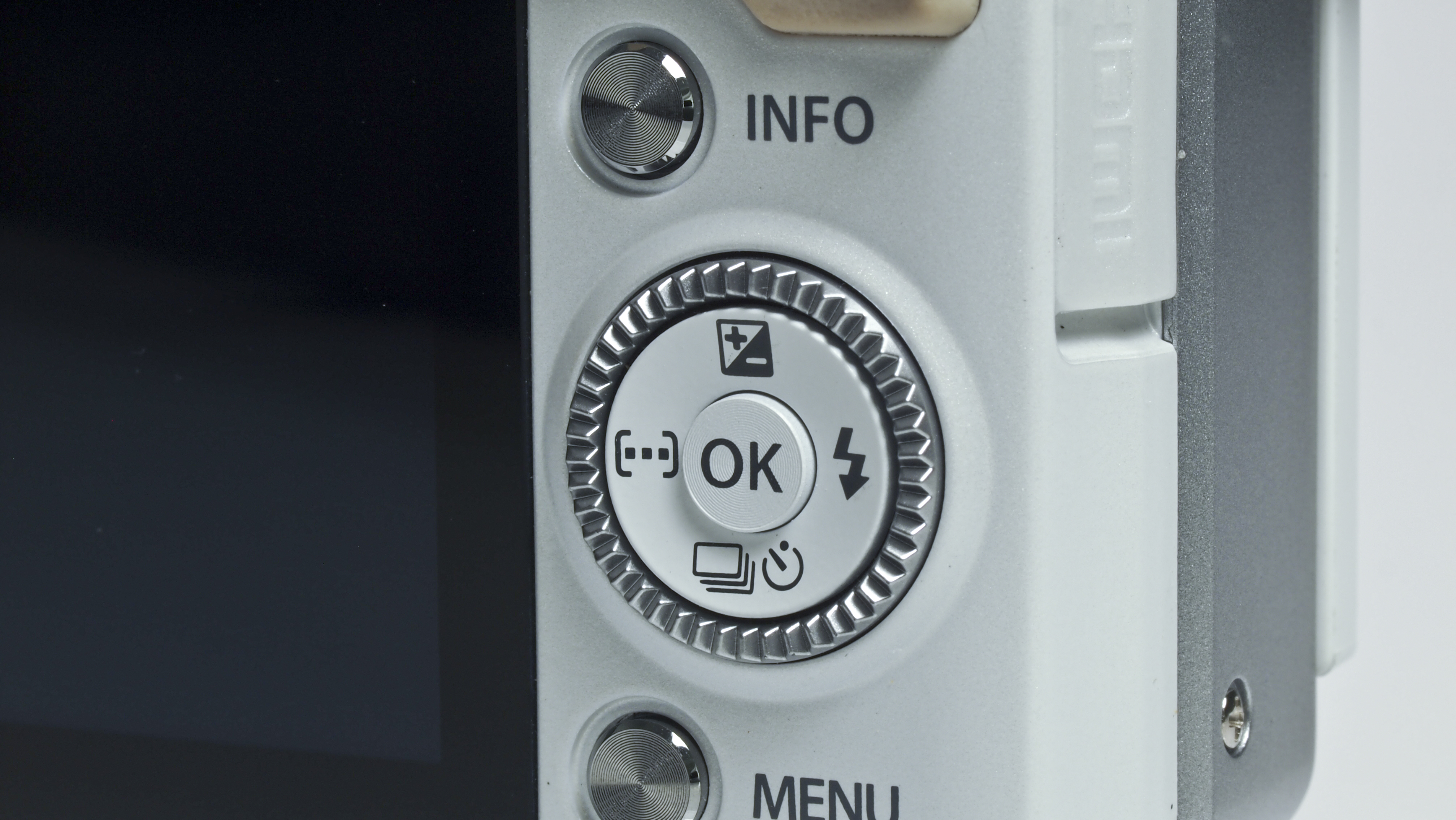
Although it's small, a grip on the front of the camera, combined with a thumb rest on the back of the camera makes it feel secure in the hand, even when shooting with one hand.
In terms of usability, the addition of a touchscreen on the PEN mini is a big improvement, making it easy to alter the focus point, or even release the shutter for ultra quick shots. As the touchscreen is capacitive, it's very responsive to light touches, making it great to use.
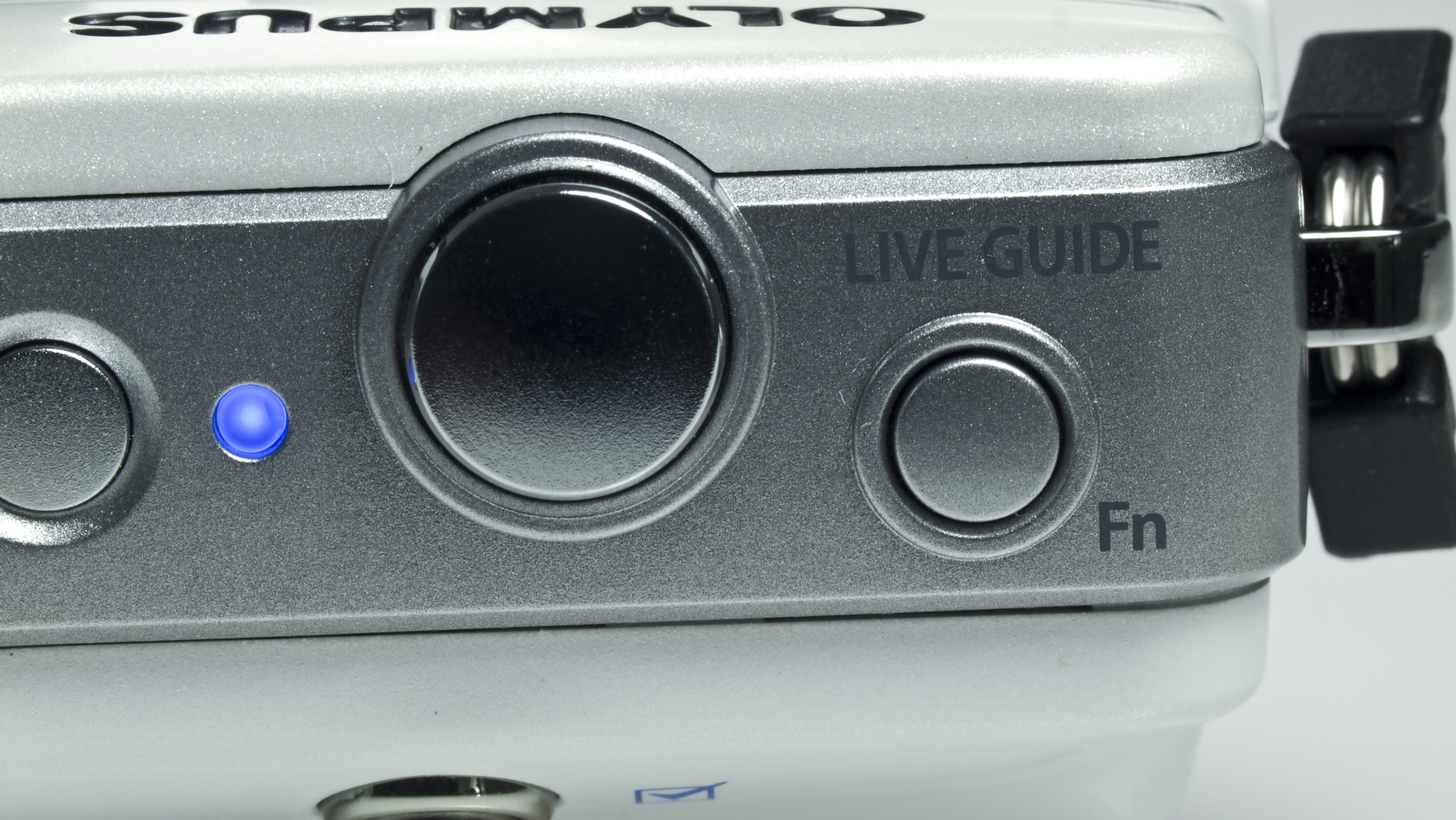
Although it's not tilting, it boasts a good angle of view from a variety of positions, meaning you can still just about use it in some awkward positions reasonably well.
The size of the autofocus point can be altered to make it easier to select a small target, this can be done by moving a slider up and down on the touchscreen after selecting an autofocus point.
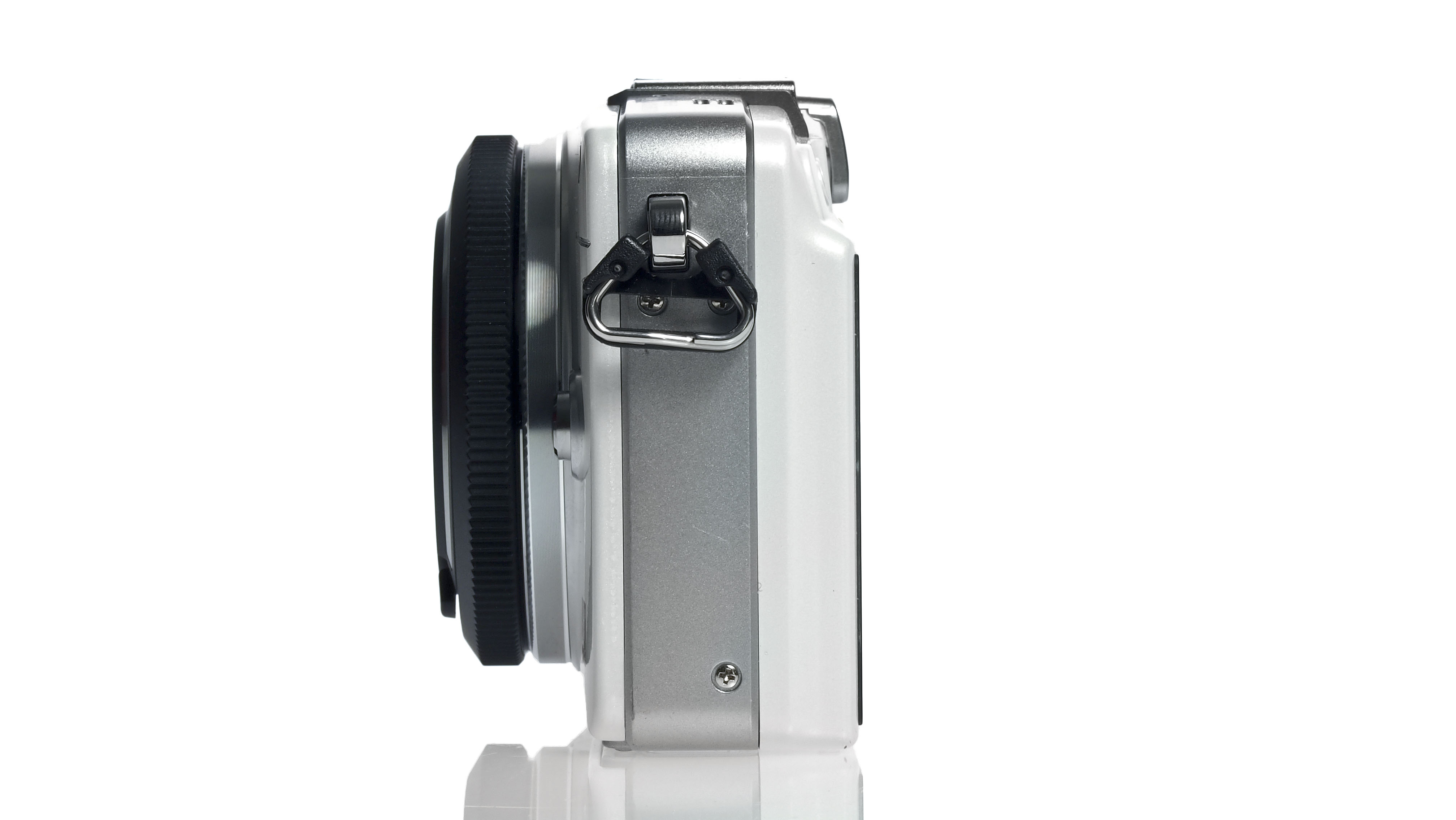
Like the E-PL5, the settings menu screens can't be navigated via the touchscreen, but the options that appear in Live Guide or art filter mode can be. It's a shame there's no on-screen quick menu as on the OM-D as this would have made navigating this camera, with its lack of buttons, quicker.
One slight annoyance is the mechanism for altering aperture or shutter speed, which requires first a press of the up button on the directional keypad, and then further presses up or down to make changes. This can get a little frustrating if you find yourself often wanting to alter the exposure.
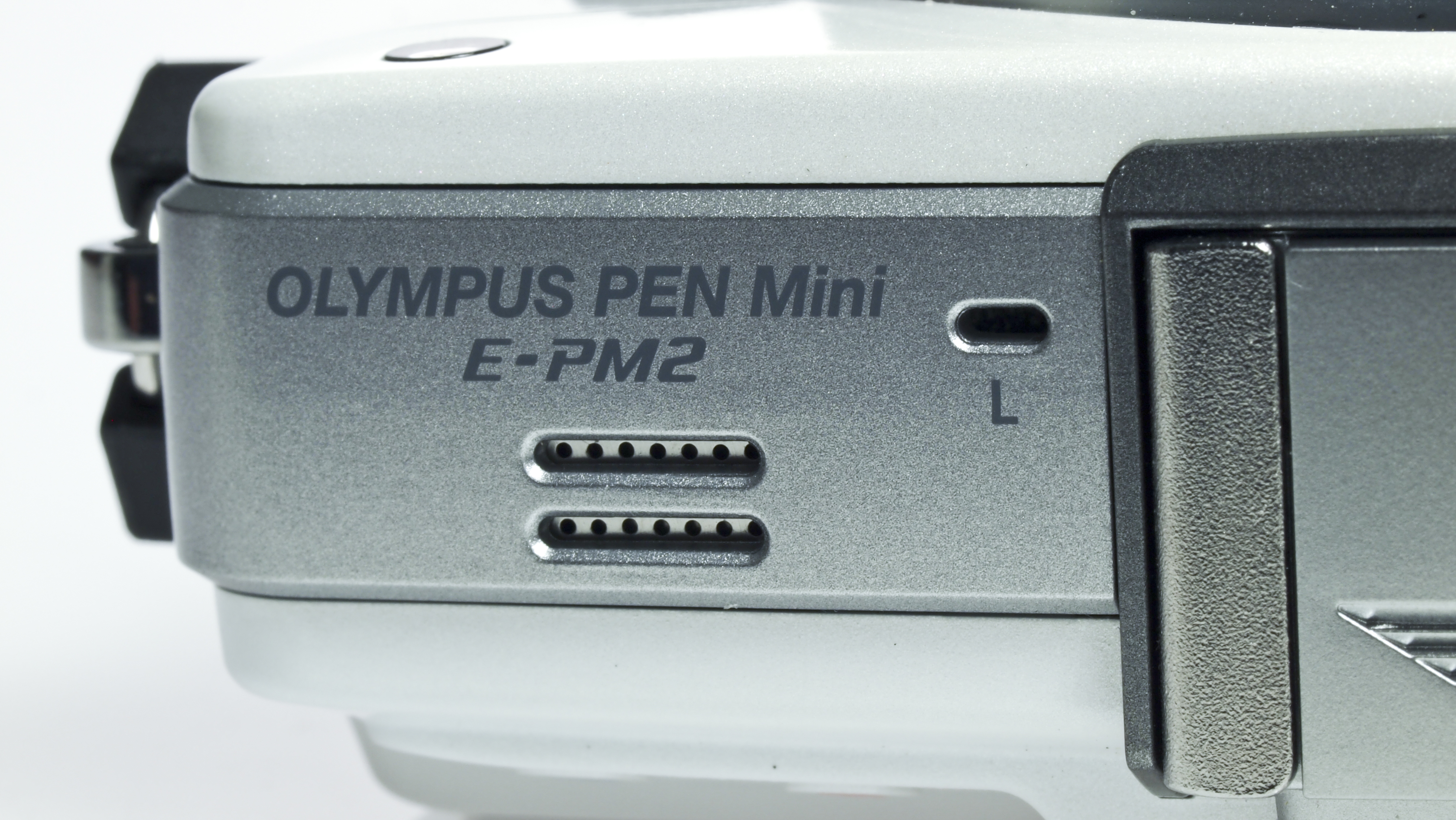
There's no flash included on the body of the camera, but one that plugs into the hotshoe comes in the box as standard. This is another aspect that helps keep the overall size of the camera down.
Like the Olympus OM-D, the Olympus PEN E-PM2 has the innovative new "Live Time" feature, which is used when shooting long exposures. To access it, you need to switch the camera to fully manual, and then set the shutter speed to the Live Time option.
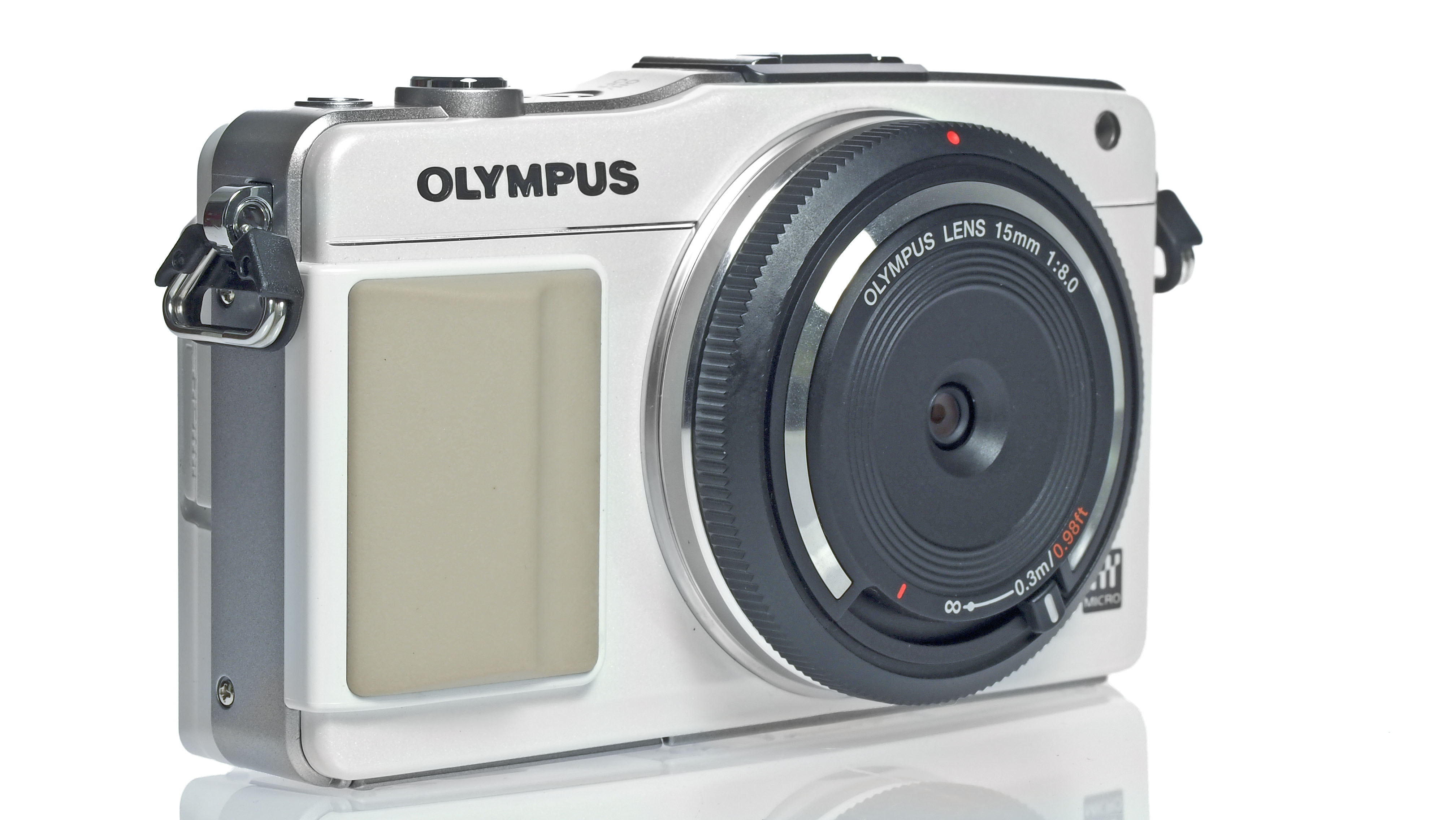
Then, when you press the shutter release, the screen displays the image building up, meaning you can stop it when the exposure is about right, rather than having to guess.
Unlike some of the other cameras currently on the market, the Olympus PEN Mini doesn't have inbuilt Wi-Fi, but it is compatible with Toshiba's FlashAir Wireless LAN cards.
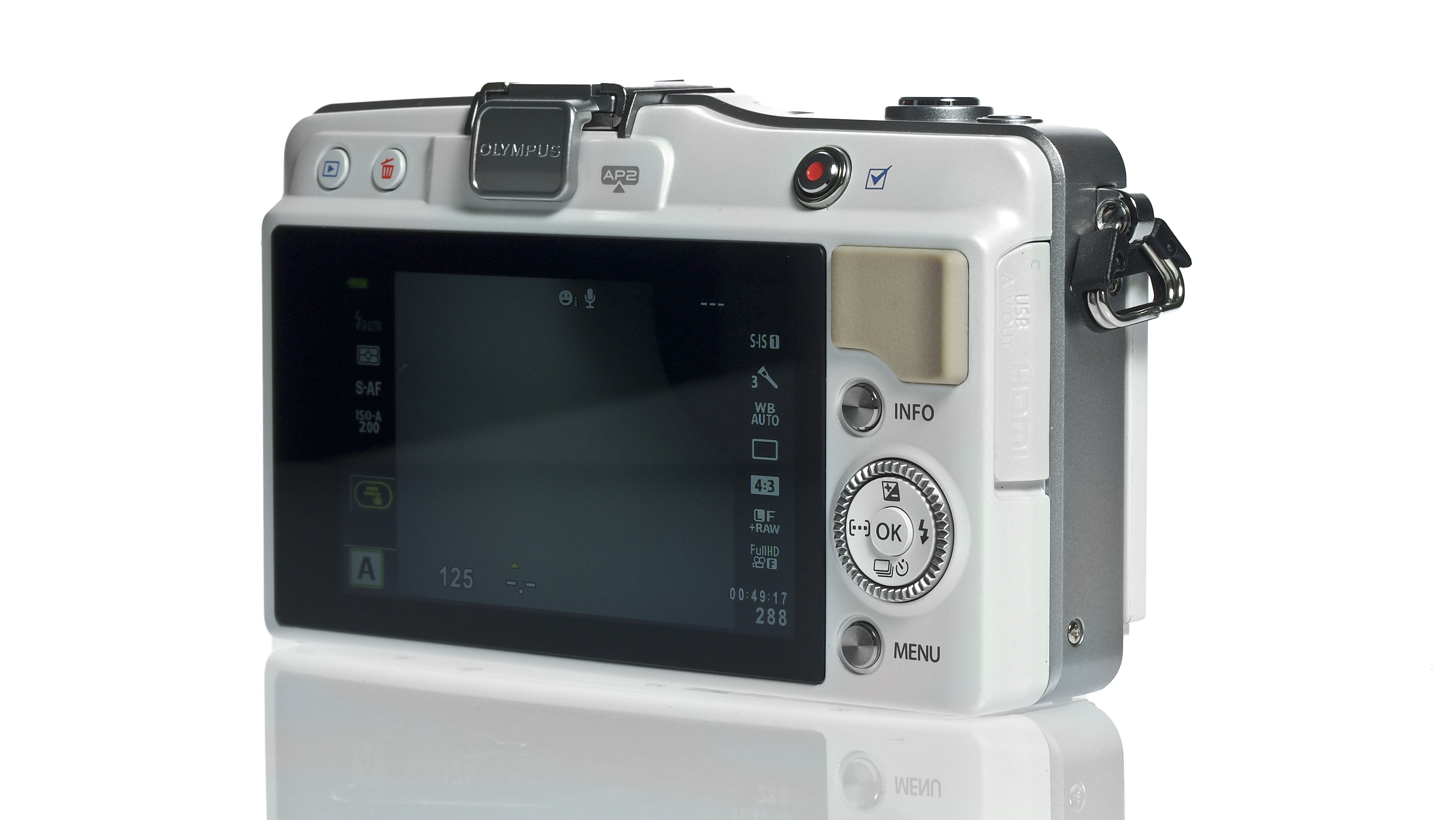
A free downloadable app is available for iOS and Android smartphones and tablets that enables you to transfer images from the camera to your device.
You can't control the camera via the app, which is disappointing, but perhaps this is something Olympus can work on in the future.
Amy has been writing about cameras, photography and associated tech since 2009. Amy was once part of the photography testing team for Future Publishing working across TechRadar, Digital Camera, PhotoPlus, N Photo and Photography Week. For her photography, she has won awards and has been exhibited. She often partakes in unusual projects - including one intense year where she used a different camera every single day. Amy is currently the Features Editor at Amateur Photographer magazine, and in her increasingly little spare time works across a number of high-profile publications including Wired, Stuff, Digital Camera World, Expert Reviews, and just a little off-tangent, PetsRadar.
